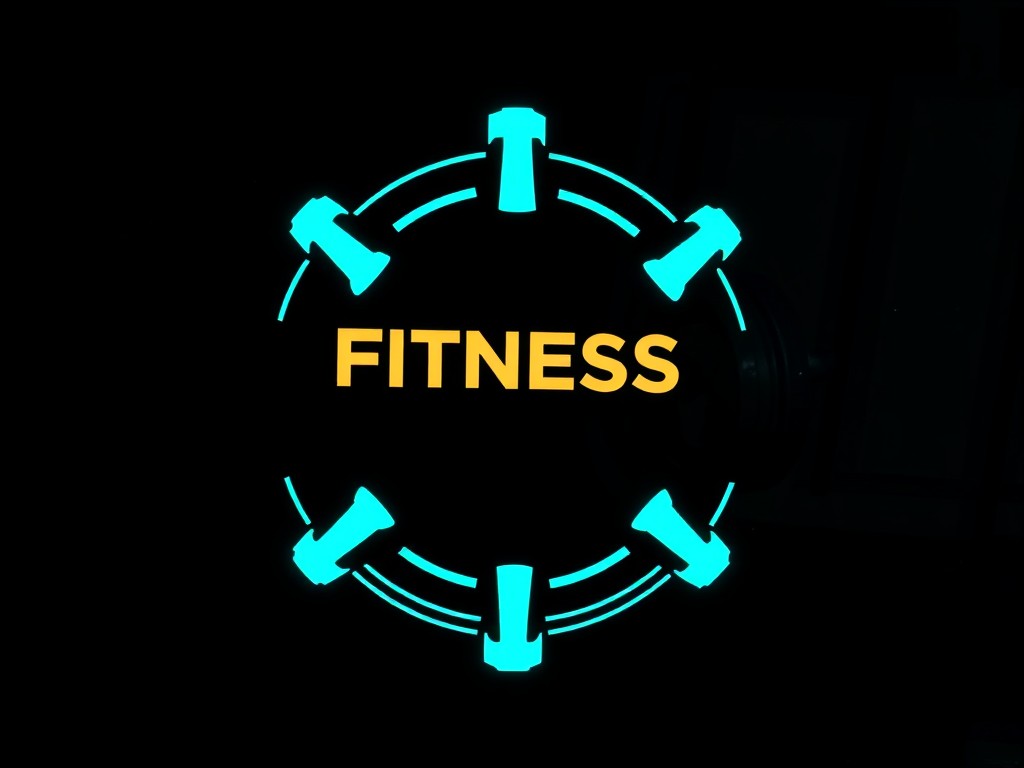The world of elite sports is driven by the pursuit of marginal gains. Those tiny fractions can be the difference between winning and losing, between success and failure. One of the most important aspects that contributes to these marginal gains is recovery. This article aims to explore one of the underutilised tools in the recovery arsenal, Heart Rate Variability (HRV), and how UK combat sports athletes can use it to gain that competitive edge.
Understanding Heart Rate Variability
Before we delve deeper into how HRV can be used in recovery, let’s first understand what it is. HRV is the physiological phenomenon of variation in the time interval between heartbeats. It is measured by the variation in the beat-to-beat interval and is a key indicator of our body’s ability to respond to stress, both physical and mental.
Topic to read : What are the most effective breathing techniques for UK karate students during competitions?
HRV is a reflection of the activity of our autonomic nervous system (ANS), which regulates many of the body’s functions, including heart rate. The ANS consists of two branches – the sympathetic and parasympathetic nervous systems – which respond to stress and recovery, respectively.
When we exercise, our sympathetic nervous system kicks in, increasing our heart rate and releasing stress hormones like adrenaline. Post-exercise, the parasympathetic nervous system takes over, slowing down the heart rate and facilitating recovery. A higher HRV signals a healthy, responsive ANS that can efficiently switch between these two states, which is vital for an athlete’s performance and recovery.
In the same genre : How do UK boxing coaches use periodization to plan training cycles?
The Role of HRV in Recovery
Recovery is just as important as training in the world of sports. Training breaks down the body, causing micro-damage to the muscles, which then repair and grow stronger during recovery. A successful recovery process is essential for the body to adapt to the training load, and failure to recover properly can lead to overtraining syndrome or injuries.
HRV can play a significant role in monitoring and managing recovery. A reduction in HRV can signal that the body is under stress or not fully recovered. Conversely, an increase in HRV suggests that the body is well-rested and ready for high-intensity training. By monitoring their HRV, athletes can understand their body’s recovery status and adapt their training accordingly, striking an optimal balance between training and recovery.
HRV Monitoring Methods
For HRV monitoring to be effective, it has to be done regularly and accurately. While professional sports teams often have access to medical-grade equipment, this is not feasible for most individual athletes or smaller teams. Luckily, with advances in technology, there are now several consumer-grade devices available that can accurately measure HRV.
These include wearable fitness trackers and smartwatches, as well as chest straps and fingertip sensors. Many of these devices come with associated apps that not only display the raw HRV data but also analyse it and provide actionable insights. Some apps also allow users to log additional data like sleep, diet, and exercise intensity, providing a more holistic view of their recovery status.
Applying HRV in Training
Once an athlete has started monitoring their HRV, how can they use this data to inform their training? There are several ways in which HRV data can be integrated into an athlete’s training regimen.
Firstly, if an athlete’s HRV is consistently low, it could signal that they are overtraining and need to scale back their training intensity or increase their recovery time. This can help avoid the dreaded ‘overtraining syndrome’, which can significantly impact an athlete’s performance and health.
Secondly, HRV data can be used to periodize training. Athletes can plan their high-intensity training sessions on days when their HRV is high, indicating that their body is well-recovered and ready to handle the stress. On days when their HRV is low, they can focus on lower-intensity training or active recovery activities.
Lastly, HRV data can also provide insights into the effectiveness of different recovery strategies. Athletes can experiment with various recovery techniques – such as massage, compression clothing, cold water immersion, or different dietary strategies – and observe how their HRV responds, helping them identify the most effective strategies for their individual needs.
In conclusion, heart rate variability is a powerful tool that UK combat sports athletes can utilize for better recovery. By monitoring their HRV, athletes can gain valuable insights into their body’s recovery status and adapt their training and recovery strategies accordingly. This can help them avoid overtraining, improve their performance, and ultimately gain the competitive edge they desire.
The Scientific Evidence Supporting HRV for Recovery
In the field of sports science, it’s critical to rely on rigorous, scientific evidence. A range of studies, including systematic reviews, meta-analyses, and individual research projects, have shed light on the link between heart rate variability (HRV) and recovery in athletes.
According to a google scholar search, a wealth of studies published on platforms such as Pubmed and Crossref support the use of HRV in monitoring athlete recovery. For example, a systematic review examining HRV in endurance athletes identified a clear correlation between HRV and post-exercise recovery status. Moreover, a meta-analysis on HRV and training loads found that athletes with higher HRV had better recovery rates and were less prone to overtraining.
Furthermore, HRV monitoring has been found useful in strength conditioning training. Athletes engaged in high-intensity training loads showed improved recovery times when their training was adjusted based on their HRV data. This was attributed to the athlete’s monitoring of their autonomic nervous system’s response to stress and recovery, effectively managing the balance between training intensity and recovery time.
These findings reinforce the idea that HRV can be a valuable tool for monitoring athletes’ recovery status, helping them prevent overtraining and ensuring they are in the best possible condition to perform.
The Challenges and Future of HRV in Recovery
While HRV’s potential in aiding athletes’ recovery is clear, there are still challenges to its widespread adoption. One key challenge is the need for individual calibration. HRV is highly individual and can be influenced by factors such as age, fitness level, and lifestyle habits. As such, what might be a ‘normal’ HRV for one athlete could signal overtraining in another. This necessitates the need for individual baseline measurements and ongoing monitoring to accurately interpret HRV data.
Furthermore, there is still a need for more research to refine the use of HRV in recovery. This includes understanding the optimal methods for measuring HRV, the impact of different training types on HRV, and how best to interpret and apply the data.
Despite these challenges, the future of HRV in aiding recovery in UK combat sports athletes is promising. With the rise of wearable technology and advances in data analysis, HRV monitoring is becoming increasingly accessible and user-friendly. As more athletes and coaches become aware of its benefits, HRV is set to become a mainstay in athlete monitoring and recovery strategies.
Conclusion
Heart Rate Variability (HRV) is a promising tool in the arsenal of UK combat sports athletes in their quest for optimal performance. By providing insights into their body’s response to stress and recovery, HRV can help athletes strike the right balance between training and recovery. While challenges remain in the interpretation and application of HRV data, advancements in technology and ongoing research will undoubtedly help overcome these challenges. This will ensure that this powerful tool is fully harnessed to help athletes avoid overtraining, enhance their performance, and gain a critical competitive edge.











